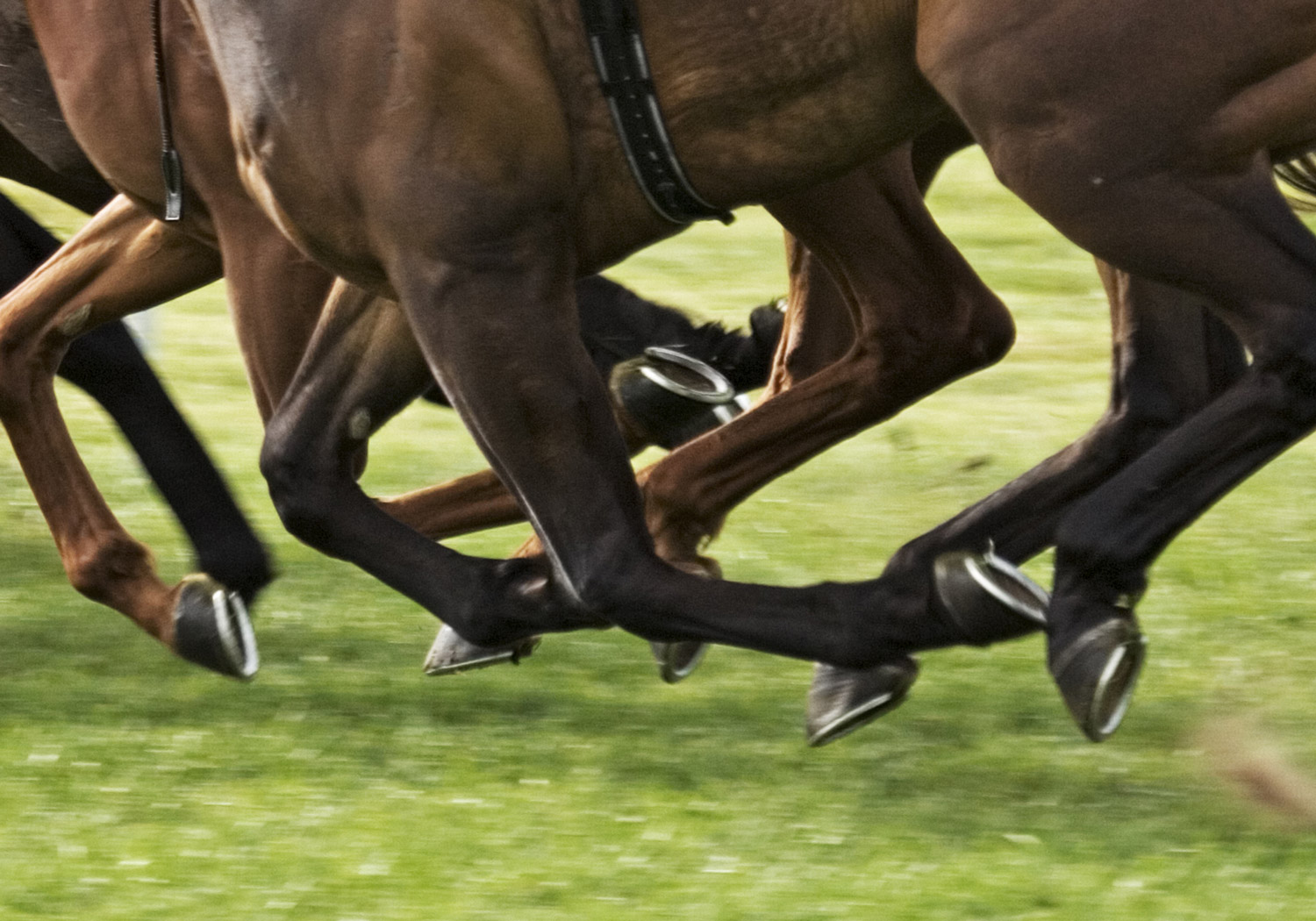
New treatments for joint pain are always welcome, particularly considering that up to 60% of equine lameness is attributable to osteoarthritis. One topic of discussion at the 2019 AAEP Convention focused on intra-articular administration of 2.5% polyacrylamide (PAAG) hydrogel (Arthramid).
Links in articles are part of an Amazon Affiliate program that provides income to support this brand. Links are chosen by our editors.
The hydrogel used consists of cross-linked polyacrylamide in water. Following injection, cells are able to integrate into the synovial membrane through blood vessel ingrowth, collagen deposition and water exchange. The hydrogel integrates as a scaffold within the tissues to stabilize the joint capsule and synovium while also increasing joint capsule elasticity to achieve improvements superior even to a normal joint.
Researchers evaluated results of using 2.5% PAAG in 33 flat-racing Thoroughbreds with lameness of Grade 1, 2, or 3 (on AAEP scale of 0-5) that were in full training. The horses studied had lameness pain localized to the intercarpal joint of the knee. Horses received one of three medications in the intercarpal joint: 1) 2.5% PAAG; 2) triamcinolone (TA); or 3) hyaluronic acid (HA) followed by two intravenous weekly doses of HA. After 48 hours of rest following treatment, the horses returned to full gallop training.
Equine business owners can create an Amazon Business Account.
The horses were checked by veterinarians at 2, 4 and 6 weeks (and again at 12 weeks for the 2.5% PAAG-treated individuals). Although no differences were seen by week two, at weeks 4 and 6, significant differences were evident in the 2.5% PAAG-treated group. An outcome was deemed successful if the horse’s lameness resolved—this occurred in 83% of 2.5% PAAG-treated horses compared to 22-40% in the TA- and HA-treated horses.
The 2.5% PAAG-treated horses that were free of lameness at week 6 remained so at week 12. These horses demonstrated superior results in lameness resolution, lessened joint effusion, and less reaction to flexion compared to the TA and HA groups.
Researchers acknowledged that intra-articular administration of 2.5% PAAG takes 4-6 weeks following treatment to take effect and to elicit improvements in lameness.
Researchers stressed that before using the 2.5% PAAG hydrogel, it is important to reduce inflammation in the painful joint as much as possible. Arthritic disease still persists despite treatment; osteoarthritic changes are influenced by exercise-induced trauma. The average duration of action in sport horses might last 18-24 months before requiring a repeat injection. To maximize these beneficial effects, it is stressed that husbandry changes, such as shoeing, training surfaces, or other predispositions to exercise-induced trauma, should also be managed appropriately.
Sign up now for an Amazon Prime 30-day Free Trial, a membership program that offers special benefits including: Instantly watch thousands of movies and TV episodes; Borrow Kindle books; Get unlimited FREE two-day shipping (no minimum order size). Learn more.


